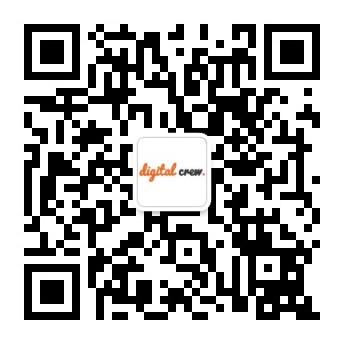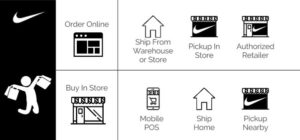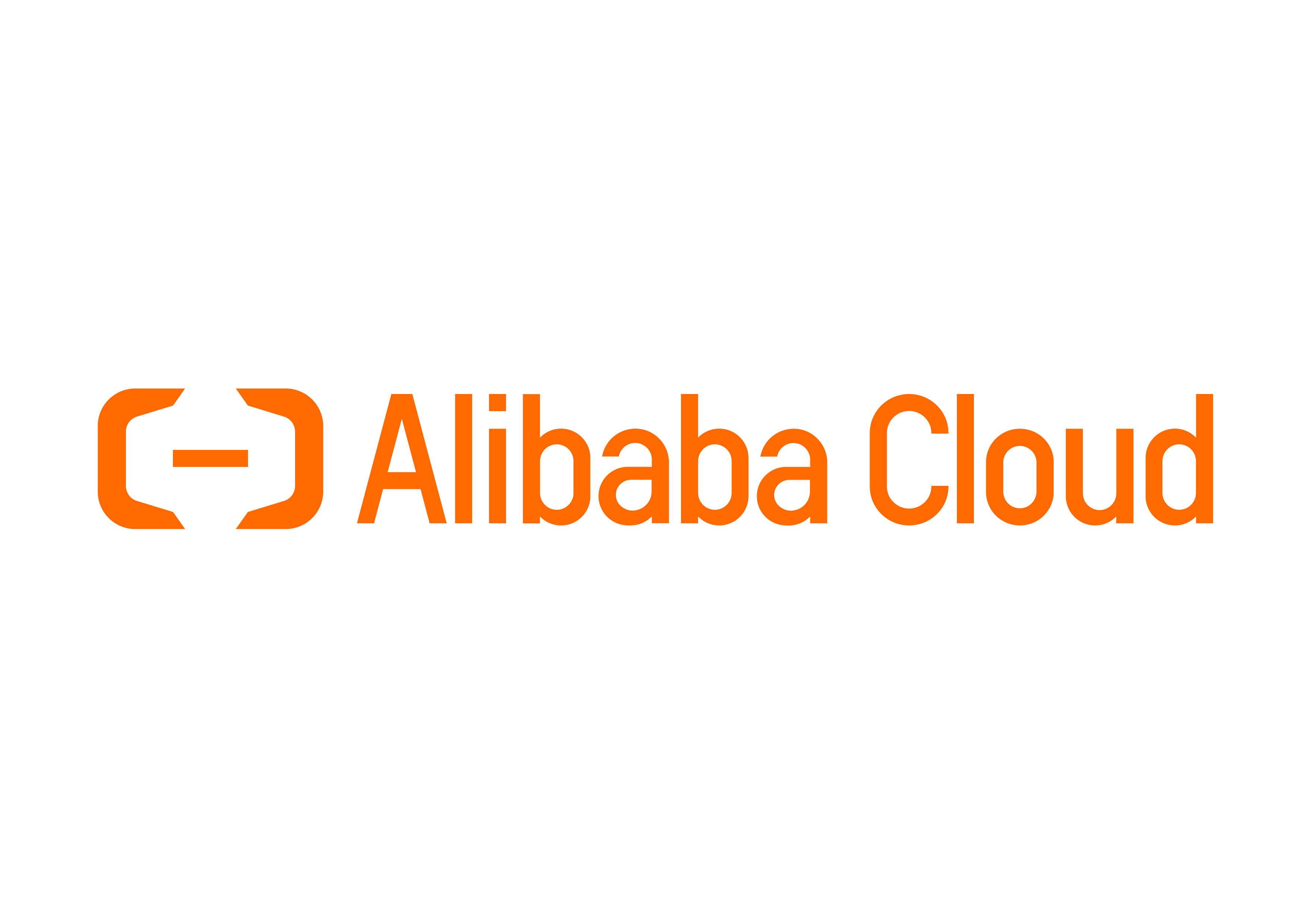China – with its 1.39 billion people – is the golden grail for most Premium global businesses. China’s e-commerce business is estimated to be worth $1.8 trillion Yuan by 2022, with the fashion and luxury goods market accounting for a sizable portion of this increase.
Enter Xiaohongshu, China’s most trusted social buying network. Based in Shanghai, this revolutionary app assists over 100 million users, the majority of who are younger women. It helps them discover and review products that are usually difficult to acquire in China.
This is a fantastic chance for global businesses to expand their market presence in China. That is why major players in specific industries are paying close attention to the platform.
Beauty & Fashion
Little Red Book has distinguished itself from other Chinese social media and e-commerce platforms such as WeChat and Weibo by focusing heavily on the beauty and fashion markets.
Little Red Book is a wonderful fit for premium beauty brands like Dior and Chanel, as well as high-end cosmetic brands like Fenty and Lancôme, due to its content focus and distinct demographics.
Little Red Book’s market based approach has also helped them earn $300 million USD in series D funding from investors such as e-commerce behemoth Alibaba.
Potential For Premium
Instead of low-cost wholesale merchandise, Little Red Book provides high quality and exclusivity. It has created a highly active community of informed users who thoroughly study and review things on the app. It allows users, including well-known influencers, to upload and share product reviews, travel blogs, lifestyle tales, and other content via short videos and photographs. Little Red Book’s self-operated e-commerce portal, RED Mall, sells premium foreign products to Chinese buyers.
Little Red Book is an impressively effective example of mixing social media and e-commerce, especially given that such a concept of social e-commerce has never realised in the Western world despite being offered many years ago.
B2B
Little Red Book is also an important channel for garnering ‘buy-in’ from B2B distributors and direct-purchase eCommerce firms. For obvious reasons, these companies are hesitant to take on ‘unestablished brands.’ As a result, they frequently scout Tmall and Taobao to gain a sense of a new brand’s sales penetration. Most of the time, they will then go to Little Red Book to gain a sense of audience exposure and interaction. This is due to the fact that, unlike WeChat, Little Red Book displays all relevant interactions, such as account followers, post views, likes, comments, and shares.
Honourable Mentions
Little Red Book also contains a lot of information regarding lifestyle goods like nutritional supplements. Posts about tourism and foreign destinations are also popular, with many travel bloggers getting in on the fun.
Little Red Book also includes a “explore” area, which allows viewers to browse other user generated content on categories such as fashion, food, and travel.
There is also a “nearby” section that alerts users to shopping opportunities in their immediate vicinity.
These characteristics demonstrate the platform’s adaptability, with enormous prospects for worldwide brands in the lifestyle and beauty industries, including cosmetics, clothes, and travel products. Creating brand awareness is essential to success and partnering with the right crew is paramount. Contact us today.




















